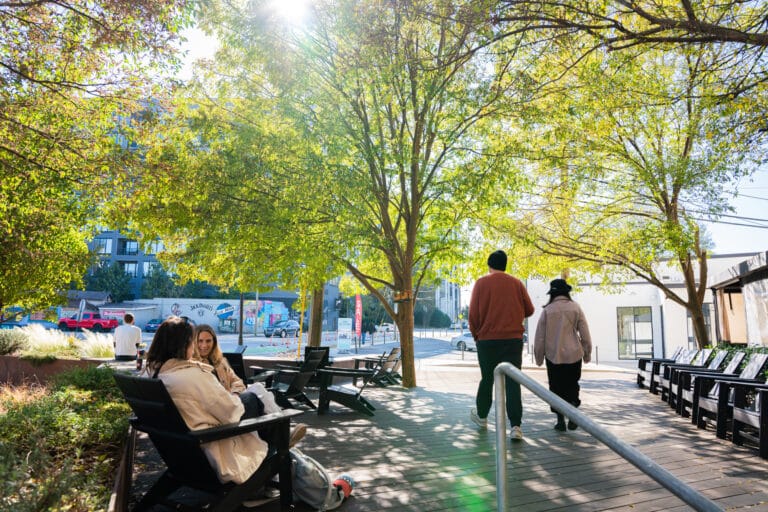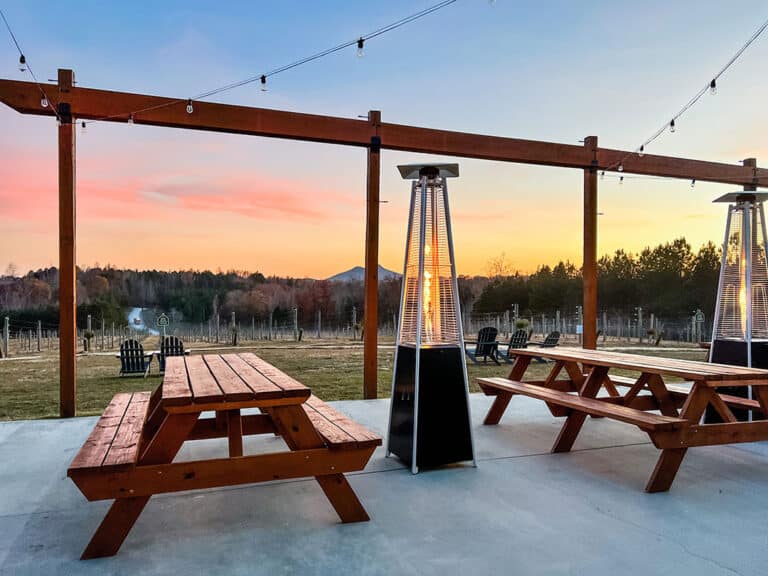Founded in the 1740s, the City of Frederick, Maryland and Frederick County have been at the heart of significant historical events from the Colonial period, the American Revolution, the Civil War, the Industrial Revolution, and well into the 20th century. The county’s landscapes and waterways have been witness to and shaped by these events, making it a region where history and nature intertwine seamlessly, and where outdoor recreation is a way of life.

The Roots of Recreation
Before colonial settlement, the Tuscarora and Piscataway Nations inhabited Frederick County, utilizing its natural resources like rhyolite from Catoctin Mountain and fish from the Monocacy and Potomac rivers. Their footpaths became roads used by settlers and are now part of Frederick’s modern network. Visitors can learn about these early inhabitants while recreating at sites like Catoctin Mountain Park and Monocacy National Battlefield.
Frederick County’s best hiking and biking trails reflect its rich history. The C&O Canal Towpath in the C&O Canal National Historical Park runs along the Potomac River, following the former mule towpath that pulled canal barges from the 1830s into the 20th century. This 184-mile path, popular with bikers, hikers, and walkers, stretches from Washington, DC, to Cumberland, Maryland. The Appalachian Trail also traverses Frederick County, winding atop South Mountain and South Mountain State Battlefield, site of a crucial Union victory during the Civil War. Hikers on this trail pass by the War Correspondents Memorial Arch in Gathland State Park, the nation’s only monument to journalists covering conflict zones.

Conservation and Preservation
Efforts continue to preserve and protect these natural resources as the region develops and grows. Visitors to Frederick County can effortlessly transition from bustling Main Streets to hiking mountain summits, with countless outdoor adventures in between. This being said, Frederick County also offers a wealth of museums and historical sites to explore across the region.
The National Museum of Civil War Medicine in Downtown Frederick tells the story of medical practitioners during the Civil War. The National Shrine of Saint Elizabeth Ann Seton in Emmitsburg honors America’s first canonized saint and her contributions to education. The Catoctin Furnace in northern Frederick County reveals the region’s iron industry history. The site features a blacksmith shop, a company store, hiking trails, and the Forgeman’s House, an 1820s worker’s house available for overnight stays.

The Catoctin Furnace Historical Society preserves the company town and tells the stories of enslaved workers through the Museum of the Ironworker and the African American Cemetery Trail. For further insight, the AARCH Society offers events and tours that highlight the significant impact of African Americans on the region’s history.
Claire McCardell, a Frederick native and fashion innovator known as the creator of American sportswear, is honored with a monument in Carroll Creek Park. Her story can be explored through a self-guided tour of Frederick. Additionally, the Schifferstadt Architectural Museum in Baker Park highlights the county’s colonial history and German roots, showcasing the stories of the region’s earliest European residents.
More to Explore
- The Monocacy Aqueduct: Praised as one of the finest canal structures in the nation, was built from Sugarloaf Mountain granite. Construction began in 1828 and finished in 1850, making it the largest aqueduct over the C&O Canal, and a popular stop for hikers and bikers on the path.
- Covered Bridges: Northern Frederick County features three historic covered bridges—Utica Mills, Loy’s Station, and Roddy Road—each listed on the National Register of Historic Places. Enjoy their beauty and structural variety on a scenic driving tour through the Maryland countryside.









